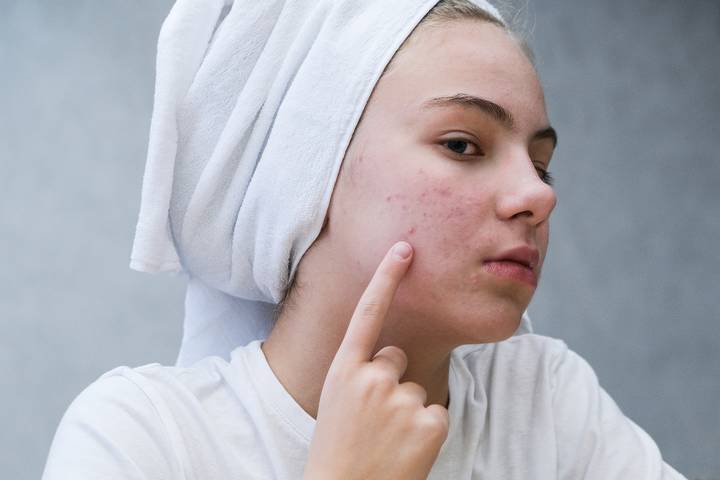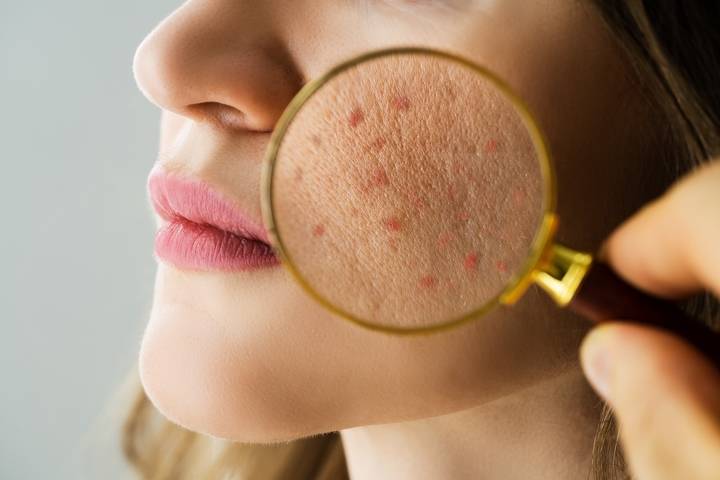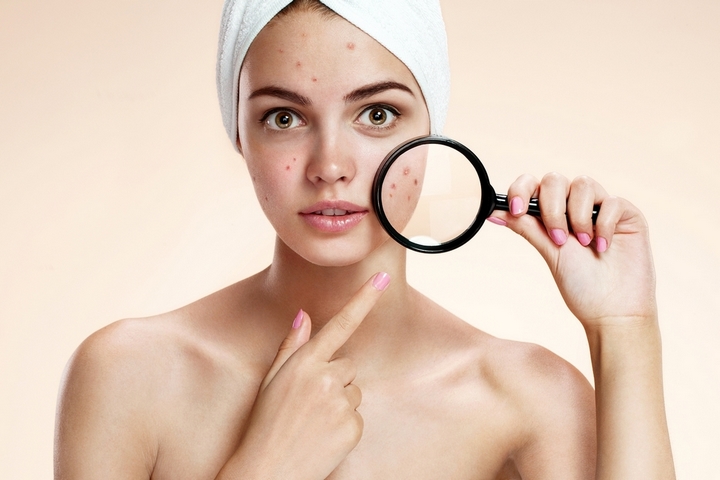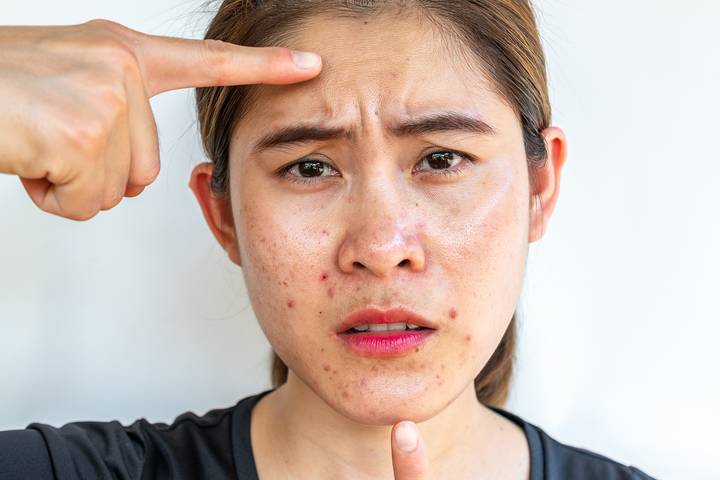We all long for clear, smooth skin and a pleasing complexion, but if you get acne, it can be a challenge. Even when a flare-up passes, you can still be left with residual effects, which can last for a lifetime. These lingering ghosts haunt you in the form of acne scarring and hyperpigmentation.
How do you know which one you have? Acne scars and hyperpigmentation are very different, actually, but both change the look of your skin. Acne scar treatment also differs vastly from hyperpigmentation treatment.
Here are the differences between acne scars vs hyperpigmentation:
Acne Scars

These are two words that no one wants to hear. It’s bad enough to have an acne outbreak without leaving behind a scar, but unfortunately, it happens. An acne scar differs from hyperpigmentation in changing the skin’s surface. They develop because of picking or cystic acne, which changes the deeper layers of skin while the pimple is healing. Too little or too much collagen production also leads to scarring.
The type of scarring you get from acne depends on several factors, including your skin type and the type of outbreak, from pustules, cysts, nodules or papules. The most common types of acne scars are:
- Ice Pick Scars
- Boxcar Scars
- Rolling Scars
- Keloids
Icepick Scars
This type of acne scar occurs because of a lack of collagen produced by the body. The skin collapses and leaves behind a depression considered atrophic and resembled a pin prick inside a deep pit. They usually come up on the cheeks.
Boxcar Scars
Boxcar scarring is similar to ice pick scars, but their depression is wider and shallower, having much more defined edges like chicken pox. They are typically round or oval and can be dark brown or red or remain the same skin tone as the rest of the face. You get these more often with irritated or inflamed bumps.
Rolling Scars
Acne scars that present as shallow with waves are called rolling scars. These tend not to have defined edges but spread out wider with smooth shoulders. Long-term, inflammatory acne can cause rolling scars, which are more common in men.
Keloid Scars
Keloid scars are a problem that works in the opposite direction from other acne scars. Instead of being atrophic, they are hypertrophic, with the body overproducing skin cells during healing. This results in excess collagen that forms a bump or raised area on the skin, and they usually will become larger than the acne spot itself. People with darker completions develop these more often, and they tend to appear on the jawline, shoulders, chest and back.
Hyperpigmentation

While acne scars affect the skin’s texture, hyperpigmentation changes the colour. Melanin gets stored at the top layer of the skin to protect a pimple and causes darker patches to appear, making the skin tone uneven. In some cases, it will fade with time, but it can be a catch-22 with irritation, infection or picking of acne-causing more melanin production directed to the affected area. This post-inflammatory hyperpigmentation happens when excess skin pigmentation is left over after inflammation has gone down.
Hyperpigmentation is an umbrella term that includes other dark skin spots referred to as age spots or liver spots.
Acne Scars vs Hyperpigmentation Treatments

There is an effective treatment for acne scars and hyperpigmentation, including masks, serums and spot treatments to lessen the visual effects and promote healing.
While there are some effective DIY home treatments, you are best to see a qualified dermatologist help you heal quickly. These include:
Chemical Peels
Milder scarring benefits from removing the top layers of skin to encourage new growth.
Microneedling
Small needles promote collagen production so deep scars will fill in.
Derma Fillers
Injectable fillers like hyaluronic acid are used for a great, temporary fix.
Dermabrasion
Dermabrasion removes the top layer of skin to signal smooth, new growth.
Steroid Injections
This treatment helps reduce the size and soften scars, steroid injections are given.
Punch Grafting
Punch grafting involves cutting the scar out and grafting skin from somewhere else on the body.
Subcision
This breaks away scar tissue to allow the rising of new skin in its place.
Laser Resurfacing
A treatment to the layers of skin with lasers for skin growth promotion
Punch Excision
Punch excision cuts the scar out and then stitches the wound together to make the scar minimal.
TCA Cross
TCA cross involves applying trichloroacetic acid on the scar to promote collagen production and scar reconstruction
Understanding and recognizing the type of post-acne scarring and skin discolouration will help you receive the proper care to minimize the damage left behind. Use this as a guide to understand your acne scarring and hyperpigmentation, and visit a local dermatologist to assist you in bringing back your beautiful complexion.

